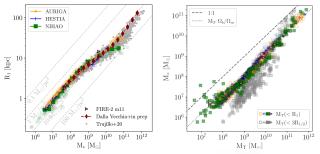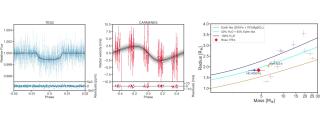The quiet Sun (the 99%, or more, of the solar surface not covered by sunspots or active regions) is receiving increased attention in recent years; its role on the global magnetism and its complexity are being increasingly recognised. A picture of a rather stochastic quiet Sun magnetism is emerging . From these recent works, the quiet Sun magnetism is presented as a myriad of magnetic field vectors having an isotropical distribution with a cascade of scales down to the mean free path of the photon (1 marcsec, or 10km on the solar surface). But this chaotic representation also shows clear signs of intermittency: at a low frequency rate (0.022 events h-1 arcsec-2) the magnetic field appear in the quiet Sun forming well-organised loop structures at granular scales. Right figure shows an example of such small-scale loop (1 arcsec, or 1000 km on the solar surface). We cas see as it is formed by a myriad of nested field lines forming a spartial (and temporal) coherent structure. More interesting, these loops rise to higher layers (see left figure) and their energy input into the chromosphere can be important for the heating of this layer.
Advertised on
References
(2010)The Astrophysical Journal Letters, Volume 714, Issue 2, pp. L94-97


